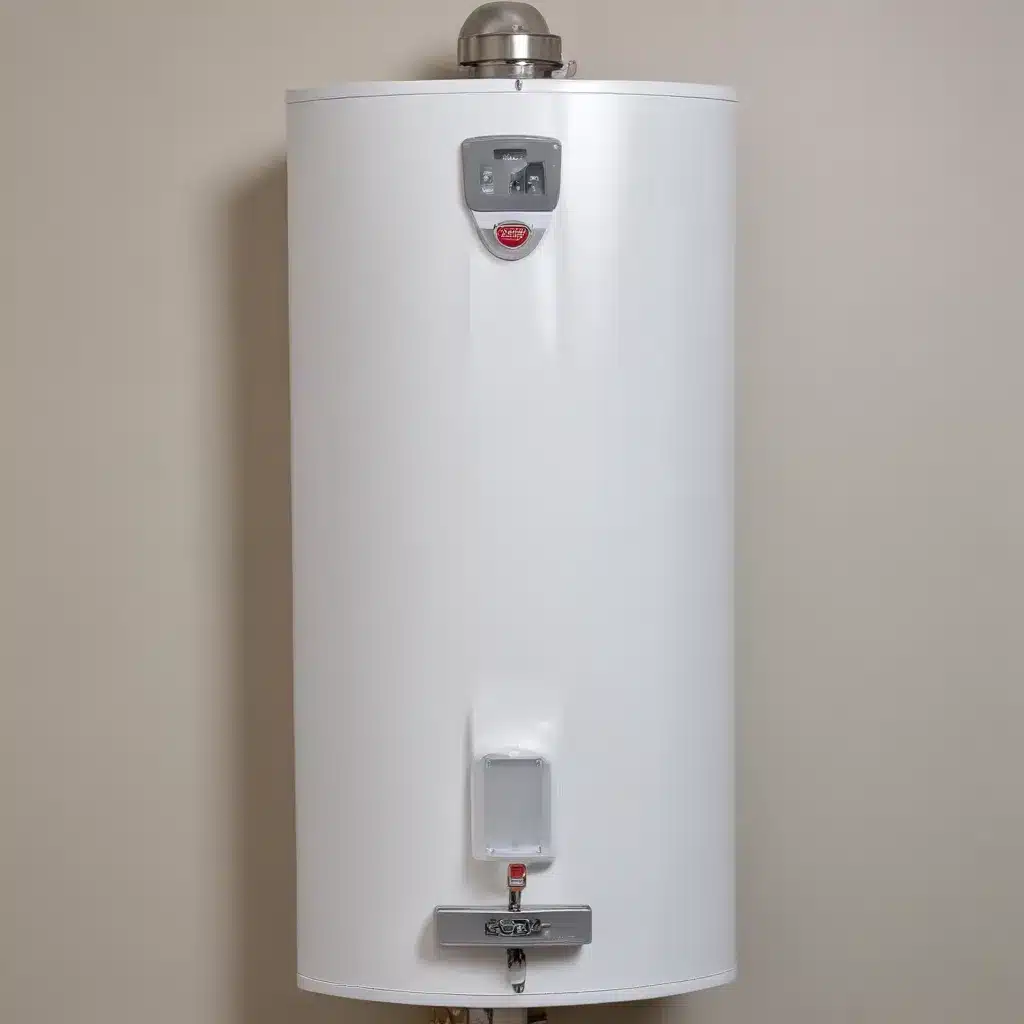
Addressing Discoloured or Foul-Smelling Water from Residential Tankless Water Heaters
When you turn on the faucet and encounter discoloured or foul-smelling water, it can be a frustrating and concerning experience for any homeowner. This issue is particularly common with tankless water heaters, as they provide unique challenges compared to traditional tank-style systems. As an experienced water heater specialist, I’m here to provide you with the insights and solutions you need to address this problem and restore your home’s water quality.
Now, this might seem counterintuitive when dealing with water heaters…
Tankless Water Heaters and Water Quality Concerns
Tankless, or on-demand, water heaters have become increasingly popular in recent years due to their energy efficiency and space-saving design. These systems heat water directly as it flows through the unit, eliminating the need for a large storage tank. However, this very feature can also contribute to the development of discoloured or foul-smelling water.
One of the primary culprits behind water quality issues in tankless water heaters is the buildup of mineral deposits and scale. As water is rapidly heated, the minerals present in the water, such as calcium and magnesium, can precipitate out and accumulate within the heat exchanger and internal components of the tankless unit. Over time, this mineral buildup can restrict water flow, reduce heating efficiency, and even lead to corrosion.
Additionally, the warm, stagnant water within the tankless system can provide an ideal environment for the growth of sulfur-reducing bacteria. These bacteria feed on the sulfates in the water, producing hydrogen sulfide gas as a byproduct. This gas is responsible for the distinctive “rotten egg” smell that often accompanies discoloured water from tankless water heaters.
Diagnosing the Issue
The first step in addressing discoloured or foul-smelling water from your tankless water heater is to determine the root cause. Begin by closely inspecting the water from both hot and cold faucets in your home. If the issue is isolated to the hot water only, it’s a strong indication that the problem is originating from the water heater itself.
Next, take note of the specific characteristics of the water:
– Colour: Is the water discoloured, appearing rusty, brown, or cloudy?
– Odour: Does the water have a distinct “rotten egg” or sulfurous smell?
– Consistency: Is the water clear on some occasions and discoloured on others?
These observations can provide valuable clues as to the underlying cause, whether it’s mineral buildup, bacterial growth, or a combination of both.
Addressing Mineral Buildup
If the primary issue is the buildup of minerals and scale within your tankless water heater, there are a few steps you can take to resolve the problem:
Flushing the System: Regularly flushing your tankless water heater can help remove accumulated mineral deposits and scale. This process involves circulating a diluted vinegar or descaling solution through the unit to dissolve and flush out the contaminants. Consult your water heater’s manufacturer for specific flushing instructions, or enlist the help of a professional plumber.
Anode Rod Replacement: Tankless water heaters, like their traditional tank-style counterparts, often feature an anode rod. This rod is designed to attract corrosion, protecting the internal components of the unit. Over time, the anode rod can become depleted or corroded, contributing to mineral buildup and water quality issues. Replacing the anode rod can help mitigate these problems.
Water Softener Installation: If your home has hard water, the continuous influx of minerals can exacerbate the buildup within your tankless water heater. Installing a whole-home water softener can help reduce the mineral content in the water, making it less prone to scale formation and improving the overall water quality.
Addressing Bacterial Growth
In cases where the discoloured or foul-smelling water is primarily due to the presence of sulfur-reducing bacteria, a different approach is required:
Disinfection and Flushing: Begin by disinfecting the tankless water heater and the entire plumbing system with a strong chlorine solution. This will effectively kill off any existing bacterial colonies. Follow up by thoroughly flushing the system to remove any lingering contamination.
Regular Maintenance: Implement a routine maintenance schedule to prevent the recurrence of bacterial growth. This may include periodic chlorination, as well as ensuring that the tankless water heater is maintained according to the manufacturer’s recommendations.
Consideration of Water Treatment: In some cases, the presence of sulfur-reducing bacteria may be a persistent issue, requiring more extensive water treatment measures. Consult with a professional water treatment specialist to explore options such as oxidation or filtration systems specifically designed to eliminate these types of bacteria.
Preventing Future Issues
To maintain the optimal performance and water quality of your tankless water heater, it’s essential to prioritize regular maintenance and proactive prevention measures. This includes:
- Adhering to the Manufacturer’s Recommendations: Follow the tankless water heater manufacturer’s guidelines for flushing, anode rod replacement, and other maintenance tasks to keep the system functioning at its best.
- Monitoring Water Quality: Regularly test your home’s water quality and be vigilant for any changes in colour, odour, or consistency. Addressing issues promptly can prevent them from escalating.
- Considering Water Treatment Upgrades: If your home has persistent water quality problems, investing in a whole-house water filtration or softening system can be a wise long-term solution.
By taking a proactive approach to maintaining your tankless water heater and addressing any water quality concerns, you can enjoy a continuous supply of clean, fresh-smelling hot water for your home. Remember, if you ever encounter any difficulties or have questions, don’t hesitate to reach out to a qualified water heater specialist or plumber for expert guidance.
For more information on water heater methods, plumbing solutions, and advanced installation techniques, be sure to visit Water Heater Pick. Our team of experienced professionals is dedicated to helping homeowners like you keep your water heater running at peak performance.
Tip: Use insulation blankets to improve energy efficiency

